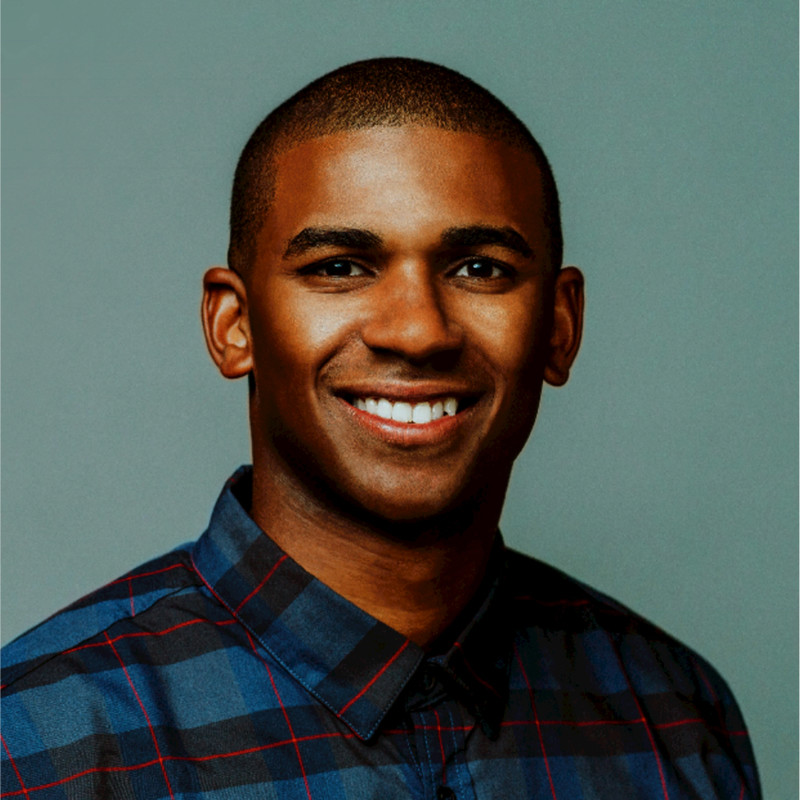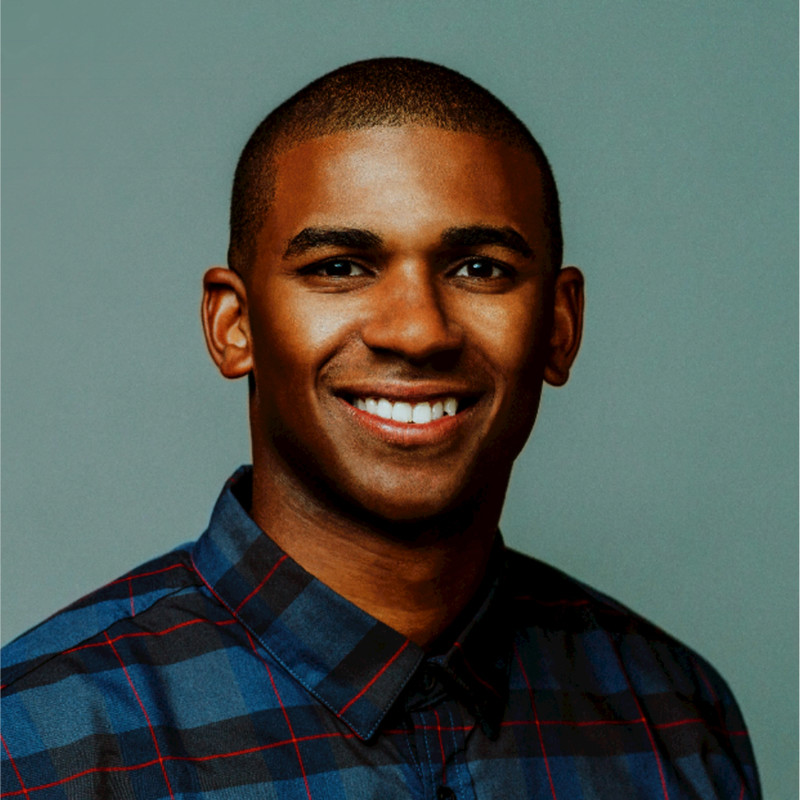Over the last several months, I’ve read many articles talking about the homeownership gap for black Americans. Each article fuels me to speak with more families to bring awareness to the importance of homeownership and how owning a home can have a positive generational impact on their households.

Guest Author
Although the current gap is staggering, I believe we have an opportunity to change the systemic long-term trust issues black households have with financial institutions while empowering all potential homeowners to believe homeownership is for them.
Below I’ll outline three ways major stakeholders can work together to improve homeownership for black Americans.
Let’s talk about the numbers
Today, the homeownership gap for black households stands at 44%. This rate has ticked up from a recent staggering 50-year low that traces back to the passing of the Fair Housing Act. This gain is positive, but we have a long way to go.
Homeownership is still one of the best ways to grow wealth and low homeownership rates in black communities has a direct correlation to net worth. This results in a lack of opportunity for home equity growth and a natural built-in savings account earned by making mortgage payments vs. a rental payment. According to “The Road to Zero Wealth” report by Prosperity Now, the median wealth of black Americans will fall to zero within 23 years if current trends continue. This is daunting.
How did we get here?
Recently, I’ve had the privilege to speak with many people within the black community: high school students, college students and adults who aren’t aware of the Fair Housing Act and what it granted for people of color.
This was eye-opening for me.
Many people are unaware of our country’s history with housing and redlining and how it relates to people of color. Compound our country’s history of redlining with the fact that black households were hit the hardest during the housing crisis in 2008 (due to having a disproportionately larger number of subprime mortgages compared to their counterparts), and you have a perfect storm which lands us to where we are today.
Those factors forced many black homeowners out of their homes and into renting. This wiped out any home equity gains for those who took advantage of the momentum of the Fair Housing Act.
This lasting effect is still seen in large metropolitans’ areas such as Philadelphia where there are rows of vacant properties that are disproportionately racially divided. The city of Philadelphia has more than 40,000 vacant properties in the city and is trying outside-the-box strategies to help revitalize neighborhoods that were hit hard during the financial crisis.
Affordability is also a major hurdle for black households to live out the dream of homeownership.
Due to a high unemployment rate for black workers and growing home prices, having the available funds for a down-payment seems insurmountable. There are millions of Americans who can’t afford a $250,000 home.
Rising costs for builders continue to push builders into building higher-priced homes to capture margin. Combine rising builder cost, rising costs of rent putting a strain on savings and this is yet another constraint for black households trying to afford a home purchase.
What can be done:
Here are three ways we can work together to improve homeownership for black Americans.
1) Outreach and Education:
Lenders can continue to improve their outreach and education specifically concerning down payment requirements and programs.
As lenders, we should take the time to educate the 1.7 million black Millennials who are mortgage ready but don’t own. We need to teach these individuals about the misconceptions of down payments and why it’s important to own a home to create generational wealth.
There is also an opportunity to streamline and improve accessibility to down payment assistance programs. Urban Institute states there are more than 2,500+ down payment assistance programs across the country with several of the program’s funds not being utilized. This is because of a lack of awareness and understanding about availability of the programs.
2) Improving Loan Officer Diversity/Inclusion:
Enhancing diversity within the industry also offers a great opportunity to help build trust with borrowers of color who have lost confidence in financial institutions from past experiences.
Today, loan officers continue to successfully build great trust and relationships within their local communities. With minorities expected to be the majority by 2025, lenders have an opportunity to understand how they can better serve the changing demographic through having a more inclusive loan officer population.
3) Supply and Demand:
Lastly, attacking affordability requires collaboration from many stakeholders.
Alana Mccargo from the Urban Institute says “Acknowledging the problem, some cities have taken bold actions to reform zoning and land-use regulations. Factory-built housing production, like manufactured and modular housing, could also increase homeownership affordability and supply.”
“Contrary to common perception, recent research highlights that some manufactured homes appreciate at similar rates as site-built homes,” Mccargo continues. “Manufactured housing has evolved and could be an affordable solution for helping black families get on the path to homeownership.” Mccargo’s five-point plan to improve black homeownership has more details.
I’ve highlighted only a few of the many reasons the black homeownership rate is where it is today.
Although many stakeholders are taking action to help eliminate this alarming gap, no one has a silver bullet to solve the issue. One thing that I know is true is that if we don’t act, the net worth inequality gap will continue to increase, and the homeownership gap will continue to get worse.
We don’t have to have all the answers, but we must act.






